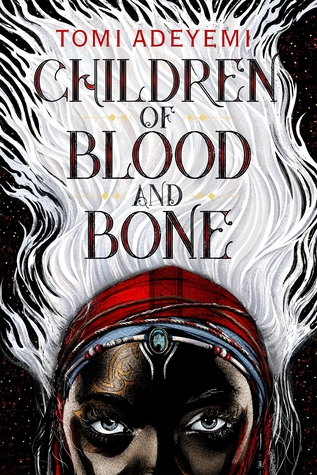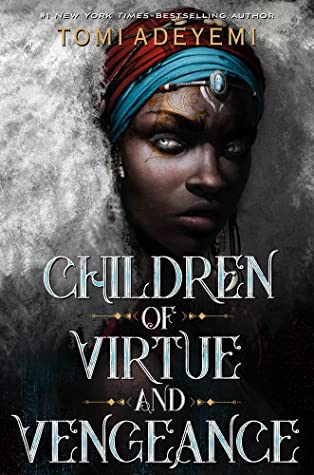
A guest post by our student author Claire:
Children of Blood and Bone by Tomi Adeyemi is the first book in her “Legacy of Orïsha” series, followed so far by Children of Virtue and Vengeance. This story can be read just as a fun, exciting novel, but also has a deeper meaning that gives the story potential for in-depth analysis, in addition to being a fun read. It takes place in a world with Gods who have blessed their kingdom with “Maji”- people born with gifts (healing, precognition, even control of fire, air, animals, etc.) and white hair to denote their gifts. However, the beauty of magic has been suppressed by non-gifted people (kosidáns) who are in control of the kingdom, and assert their power by bringing down the Maji’s gifts. Instead of practicing their gifts, they have had their magic stripped. Instead of prospering in their clans, they’re forced to live in slums. Instead of being given the same treatment as the kosidáns, they’re called slurs, forced to pay debts because of their heritage, and when they can’t pay, they’re forced into slavery.
Immediately, Adeyemi’s society draws parallels to the racism of our own society. Just as black people (like the Maji) have been oppressed by the government because of their heritage, and felt burdens unknown to white people (like the kosidáns). But, just as in our own society, there’s a beauty to their heritage that’s overlooked in favor of seeing our differences. In the book, even kosidáns, when dark-skinned, are looked down upon and seen as lesser than their lighter-skinned counterparts. In this way, Adeyemi addresses racism and colorism in an extended metaphor of the kosidáns, who systematically oppress the Maji with their government, and strip them of their magical heritage to top it off. Even the characters take on perspectives frequent in our society: Zélie is a Maji who fights for her people and feels the oppression of the Maji in her family’s experiences, and often, her own; however, her new friend, Amari, is a royal kosidán whose eyes are opened to the Maji’s oppression by her friend, Binta’s, experiences and through her friendship with Zélie, she learns how to use that knowledge to help create the change Zélie wishes to see in the world.
On top of its racial parallels to our world, this book excels in its captivating plot. At no point in the story was I able to figure out what was going to happen next, but each event somehow met all my expectations and more. I would highly recommend this book to both teenagers and adults- generally, anyone I could possibly get to read this book and its sequel! I love it, my friends love it, my mom loves it, even some of my teachers love it. It’s a truly powerful book that exceeds its hype.

Children of Blood and Bone
To check out this book, please visit our catalog or download it electronically. Also available in eaudiobook via Hoopla (WDM residents only).

Children of Virtue and Vengeance
To check out this book, please visit our catalog or download it electronically. Also available in eaudiobook via Hoopla (WDM residents only).